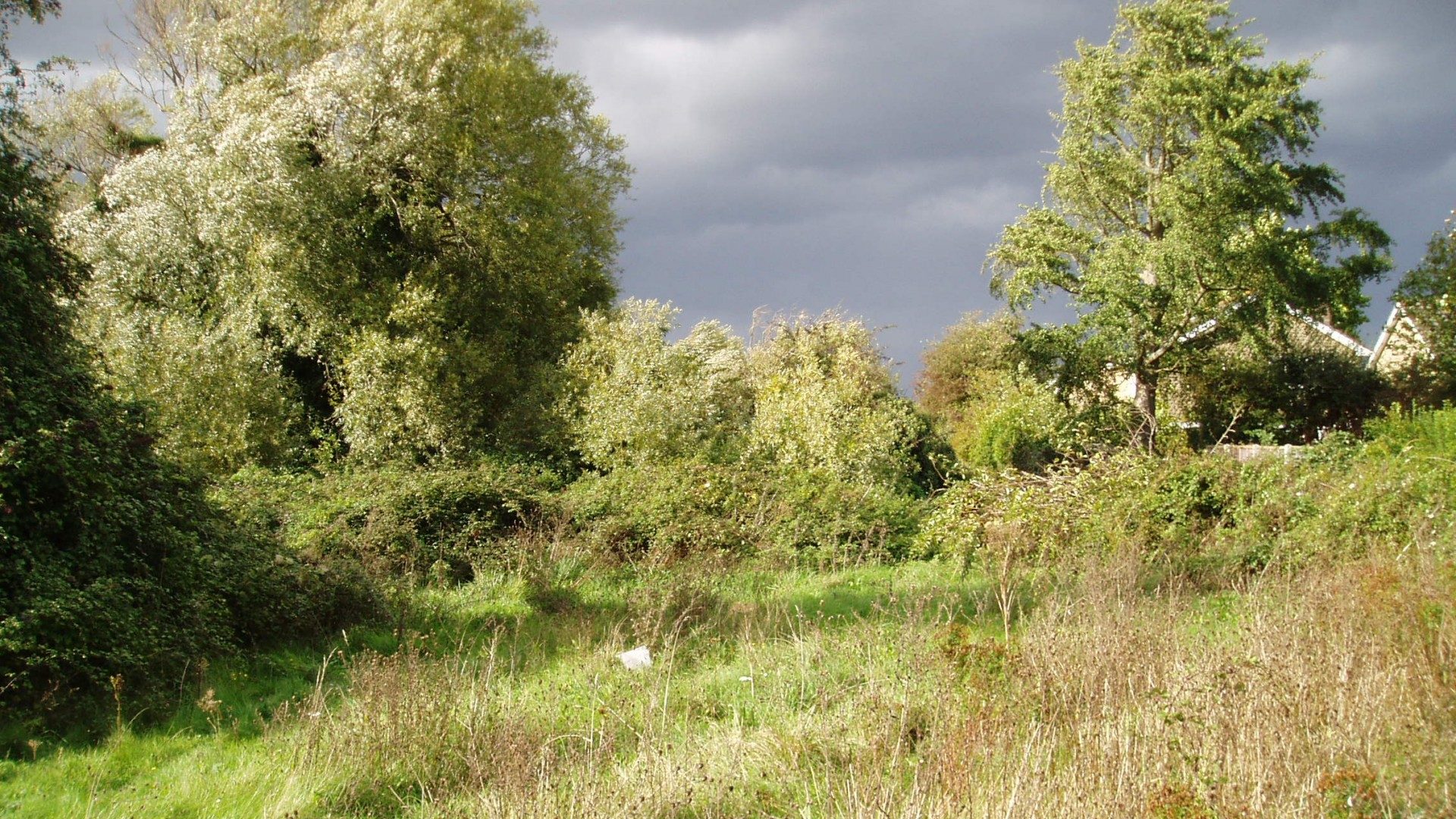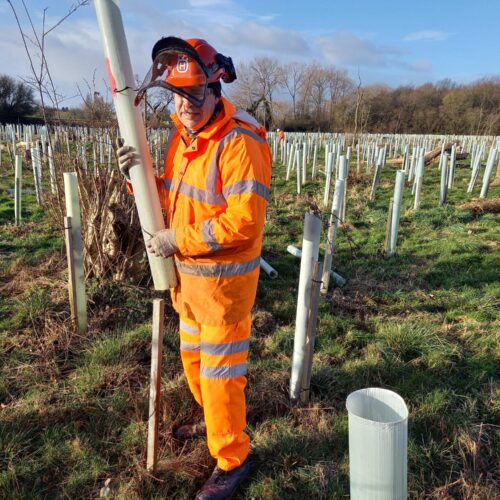The principle behind the National Planning Policy Framework aims for projects to avoid detrimental impacts on biodiversity, minimise these wherever possible, mitigate their effect where they cannot be avoided, and compensate for any residual impacts. What is compensation, how is this achieved and what processes are in place?
Based on CIEEM’s EcIA 2016 guidance, compensation involves measures to counterbalance the residual impacts of a development where these could not be avoided or minimised. Currently, there is no formal compensation or offsetting process in the UK. Between 2012 and 2014 DEFRA and Natural England ran six pilot areas for biodiversity offsetting. As part of this process a public consultation was run, during which 460 substantive responses were received. The proposed offsetting system was not viewed positively and although some respondents agreed that the proposed pilot system formed a basis for an offsetting system, the majority of respondents did not agree.
In 2011 the Government published England’s strategy for managing wildlife and ecosystem services. The ambitious target was to halt all biodiversity losses in England by 2020. In order to achieve this target, biodiversity offsets would have had to play a significant role. However, the current scheme is under review and there is no clear direction from the government as to what the next steps will be. Notwithstanding this, some organisations, such as Network Rail, are implementing biodiversity offsetting measures, using the pilot scheme, to ensure specific flagship projects, such as the Great Western Rail Modernisation project and East West Rail, have no net loss of biodiversity.
Please excuse my negativity, but I fear that politics in the UK has resulted in biodiversity drawing the short straw yet again. Our current Secretary of State for Environment, Food and Rural Affairs is unlikely to make this a priority agenda item, looking at her historical voting record on environmental issues. I understand that offsetting is complicated and that applying a ratio to cover all habitats and species is not a reasonable approach. However, offsetting does provide a real opportunity to have a net positive impact on biodiversity. With increasing pressures on our environment to meet the development needs of our ever-expanding population we need our government to provide an innovative and clear approach to offsetting to meet their Biodiversity 2020 objectives.
So, where to next?











